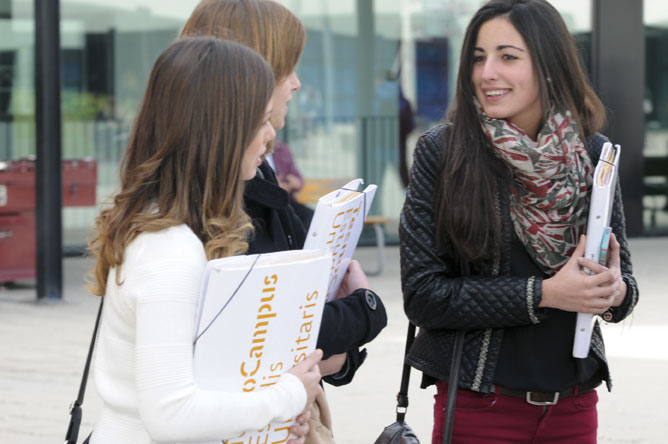As you know servuction is all about managing the interactions between customers, staff in contact and physical support. One of the usual mistakes of my Touristologists it is to clearly define all this three components and then don’t provide a good example of their interaction. Luckily this only happens in the first year (at least this is my wish, my prayer and where I put all my efforts!!!), at the end of their grade most of them have already learned that when they make an argument they have to backup it with Touristology’s framework and some bibliography. Sometimes it is enough with a couple of articles (like in this post), sometimes you have to provide more academic studies.
When you are working in the jungle of real enterprises and tourism destinations you realize that, apart from the tree components of servuction, you have to manage the context in which action takes place. So, the duality space and time!
Space and time at micro level I mean in the tourism destination (where I’ll put the focus on this post) but also at macro level which means actions in the space of the entire trip (country of origin and tourism destination) and the time of all the trip (before, during and after).
Who said that Touristology is an easy grade? I know this one! One with no idea whatsoever about Tourism! Ok let’s forget this genius and let’s focus on space and time, shall we?
Space: It has to be the most flexible as possible. In this way you can add or reduce space thinking about customer’s needs. You can separate the space in a way that you can handle two different segments. For instance, a restaurant can organize their space for a party o for a romantic dinner. You can have a room in your hotel with a folding bed. Therefore you can quickly convert a room in an office. You can have a restaurant that with a fast change in lights and tables becomes a disco pub… and so on.
As I always say to my students you don’t have a camping, restaurant, hotel…. you have a space that can become anything to offer the right service, for the right customer, to the right price (and margin! Please don’t forget about segments accountancy) through the right channel. This is what Revenue Management is all about. Right?
Time: You must open and close your business following customer’s needs especially now with the event of new technologies. For instance, in the case of restaurants you can use these creative ways to achieve that: mark down the price in specific hours (happy hours), make a discount for customers finishing to eat faster or making a compromise that you will finish the service in 45 minutes.
You also can make the most of mobile technologies. Do you prepare a lot of plates and you get fewer costumers than expected? Maybe you can use LBS (Location Base Services) to attract customers near to your business. You can use a flash or a group buying website (I have to write about that deeper BUT here you can get a few ideas or you can use your own chain of value notifying and allowing special customers (pro-am remember?) to organize a special activity right now. Something similar to what I explained in this post.
Any doubt about which I prefer?
Equally important is avoiding mixing two non- complementary segments at the same time and space. Otherwise you will end up with problems. Let’s see a practical application of the problem that appears when you don’t respect these principles…
It was a hotel in Taiwan… needing a good expert in Servuction…
It was a hotel in Taiwan… needing a good expert in Servuction…
To make a long story short (well it’s an article!) :
Europeans and Chinese needs are different.
Europeans want to buy something exclusive in a quiet environment. Chinese prefer a louder one and do shopping in large groups. Ok! This arouses some problems. Can something be exclusive when there is a group buying exactly the same? Can you provide a quiet and louder environment at the same moment?
Ummm. Sounds a sort of multiculturalism problem here! Phew! Luckily we are Touristologist and to take the most of multiculturality multiculturality is our thing. Isn’t it?
There are several reasons why Chinese people like to buy luxury overseas. The first one is cheaper prices, the second is because they find more variety and the third one (and to me the most important one because it’s up to your servuction process) because they find a better service and experience. Are you sure you can ignore one of the most important and growth markets?
Do you want loyalty and prescribers Chinese’s customers without losing the Europeans ones? Which are your proposals to achieve that?
As Walt Disney said “Do what you do so well that they will want to see it again and bring their friends.”
Come on Touristologist use your frameworks! Otherwise, they will get rusty!
Is there any Touristologists out there?

